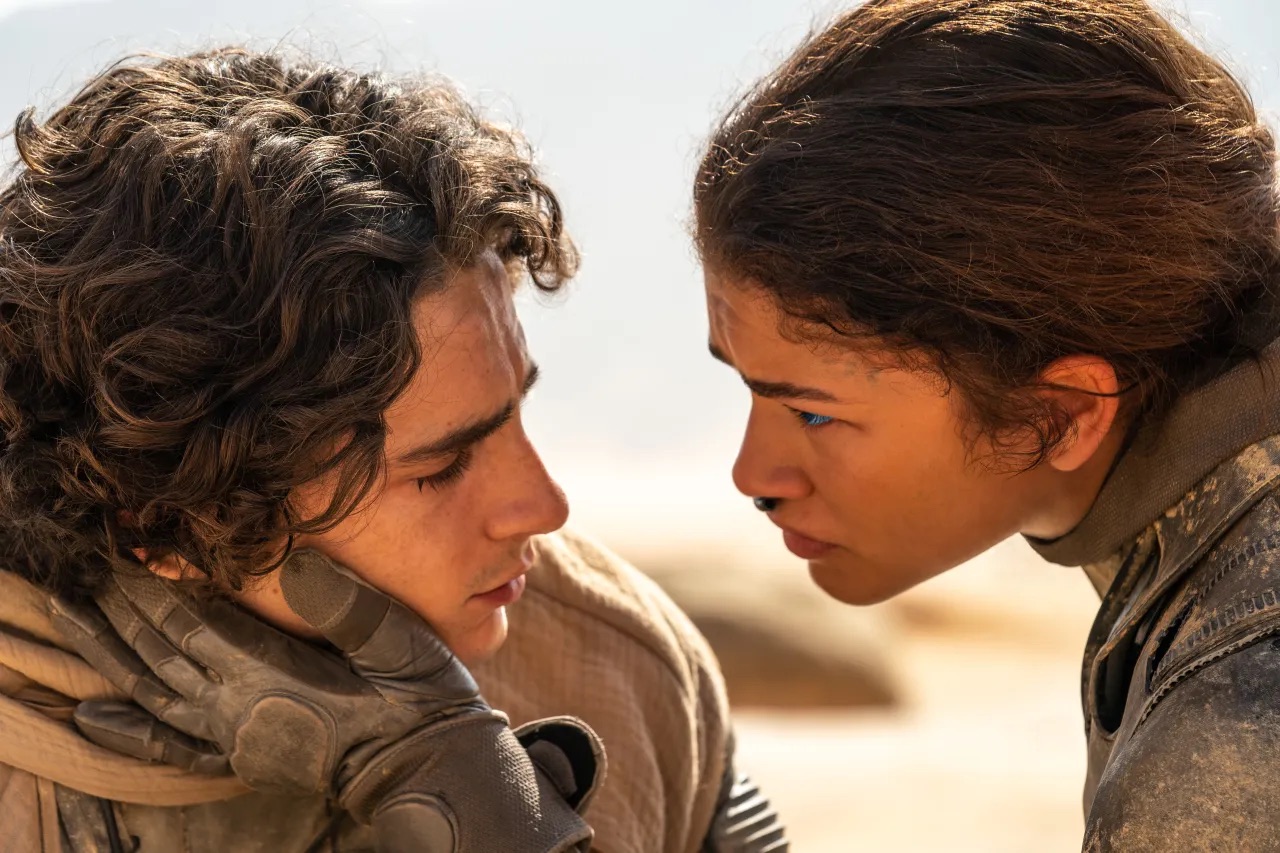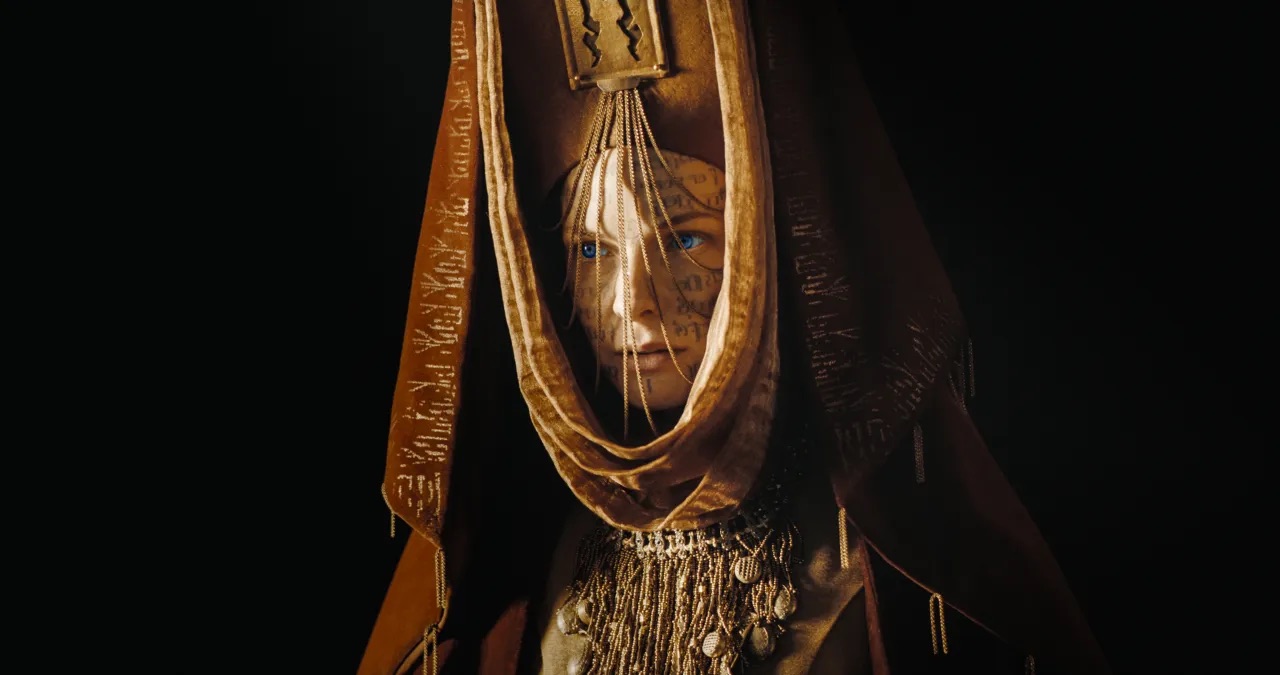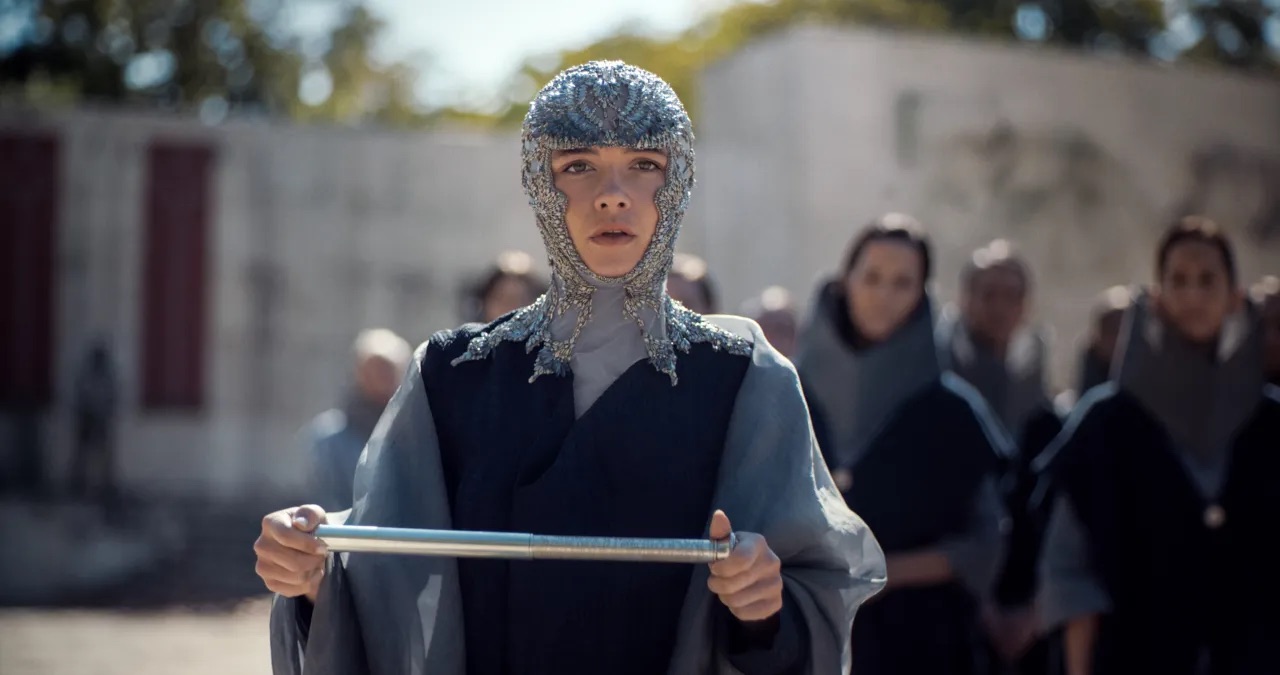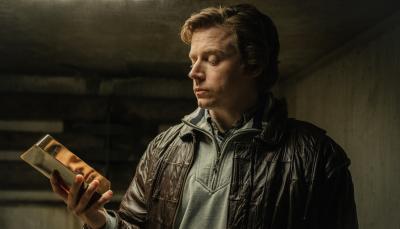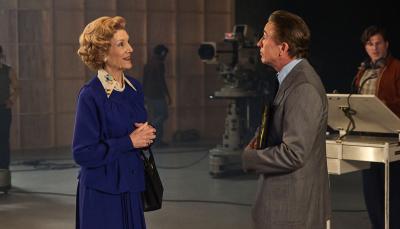'Dune's Two Films are Sanded Down, But Still Achieve Greatness
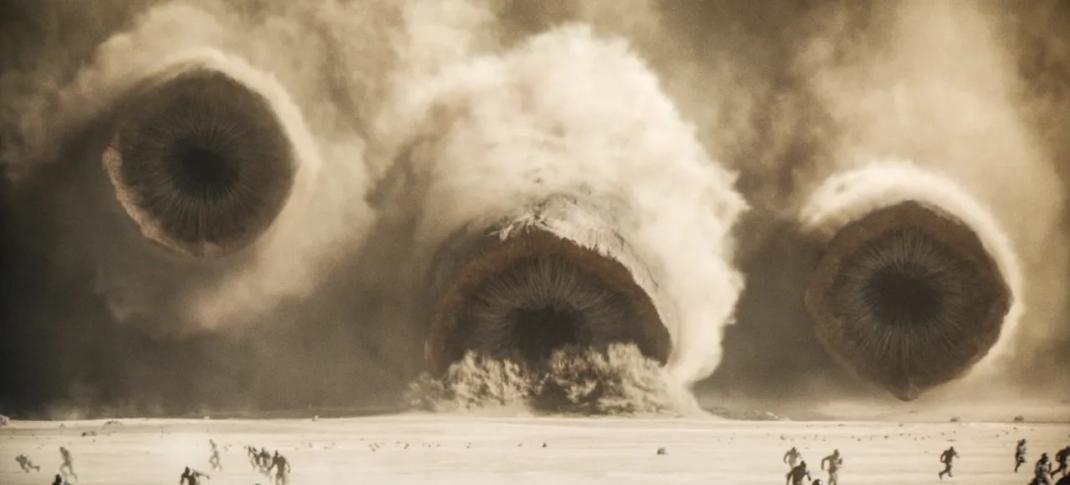
Three sandworms attack in Dune Part 2
Warner Bros Pictures
Back in 2021, it was difficult to tell if people were more excited for Denis Villeneuve to bring his unique brand of ultra-sleek spectacle to Dune, or that Dune might get an adaptation that might not be outright terrible. Frank Herbert’s landmark 1965 novel charted the struggle for imperial power on Arrakis, a desert planet filled with the most valuable substance in the universe. It didn’t just become one of the biggest-selling science-fiction novels of all time, but also the unofficial pipedream for every director with epic sci-fi aspirations.
Dune is a dense, patient story, as interested in ecology and religion as it is in intergalactic war, and the existential stakes and dry prose don’t easily translate over to the language of blockbuster cinema. Still, Villeneuve has pulled off a difficult task – both Dune and now Dune: Part Two (adapting the second half of Herbert’s novel) have turned the text into thoughtful and exciting cinema.
Yes, a lot of the intricacies and nuances of the world-building have been sanded off (ha), namely the Islamic influence for the Fremen people (Arrakis’ natives who rebel against their colonizers) and the pages Herbert dedicates to the fascism of religion clashing with raw ecology, but it was a seismic, atmospheric interstellar battle for empire in a tactile, emotional world – the type we rarely see at the movies. There were also a couple of very large worms, which is always a treat.
Hollywood Wunderkind Timothée Chalamet led the film as Paul Atreides, heir to the Atreides Dukedom and son of the handsome and kind Leto (Oscar Isaac) and former nun-witch (it’s a thing) Jessica (Rebecca Ferguson). While most of the cast were American, Ferguson wasn’t the only European face: fellow Swede Stellan Skarsgård donned heavy, pallid prosthetics as Baron Harkonnen, the life-sucking villain who conspires against the Atreides’ claim of the spice mining on Arrakis.
Charlotte Rampling appeared under a veil as Reverend Mother of the Bene Gesserit, the order of nun-witches who have artificially inseminated the Fremens with a chosen one prophecy that Paul is hinted to fulfill. Javier Bardem is Stilgar, the scrutinous leader of the insurgent Fremen faction that is destined to be at the center of Paul’s battle to retake his birthright.
The sequel picks up moments after Paul and Jessica find refuge with Stilgar, after Leto was assassinated and the Harkonnens resumed their violent reign over Arrakis, and quickly more British and European faces fill the growing ranks. Florence Pugh is Princess Irulan, daughter to the aging Emperor (Christopher Walken) who takes a keen interest in the Arrakis conflict and, like Jessica, has clear lines of communication with the Bene Gesserit. Léa Seydoux has a couple of scenes as a Bene Gesserit agent monitoring the newest Harkonnen asset, the psychopathic prince Feyd-Rautha (Austin Butler).
If this myriad of characters gives the sense that Dune: Part Two is unfathomably dense, you’ll be glad to know that Villeneuve has made the rising stakes and expanding scope impressively digestible. Grounded in the mundane social dynamics of the Fremen community, Paul tries to shake his noble roots and grow close to Chani (Zendaya), his bright, blue-eyed guide to life on the dunes. But Villeneuve makes such a concentrated effort showing Paul’s integration and consequential ascendency to prophesied savior that the final hour of the film, where all of the war stuff happens, feels condensed.
We knew from Part One that Villeneuve intends to filter Herbert’s text to leave only what was necessary to tell the most impactful story, but as Part Two hurriedly steps through Paul’s submission to war god status (the film takes place over months rather than years, as in the book), there is a sense that the details have been condensed a fraction too much.
As his projects grew in budget and his sci-fi ballooned in scale, Villeneuve has always prioritized the performances within the spectacle to provide a different frequency of energy alongside the gunfights and dazzling vistas. There’s barely a misstep from the whole cast here, particularly in the main quartet of young stars, even if Villeneuve mistakes intense whispering for vulnerability and gravitas more than once. It’s the structure and pacing of Part Two that raise the most eyebrows – as we push into the second half, you wonder if there was an editing crisis deep into post-production.
The quiet moments of Paul and Chani’s Fremen journey are belabored repeatedly as the film insists we understand the sensitive, spiritual nature of their foretold revolution; the religious and imperial institutions turning up the heat on their foes feel too neatly contained to the lone, often expository scenes. Thankfully, it’s all balanced out with a powerful staging of Herbert’s game-changing climax, where the tension is razor-sharp, and the actors push their characters to new extremes.
Part Two is a rush of cinematic adrenaline, but it’s also a film that states its themes rather than expresses them. Its post-imperial sensibilities, which in theory should feel as fiery as they did when Herbert assessed the global political context of his 1960s surroundings, have been compressed into bite-sized summaries. You may not experience a film like Dune: Part Two this year or the next, but its merits as intelligent, massive cinema feel separate to how it lives up to a thoroughly unique literary text.
Dune: Part Two is playing in theaters in the U.S. and the U.K. starting Friday, March 1, 2024. Dune: Part One is streaming on Max.

